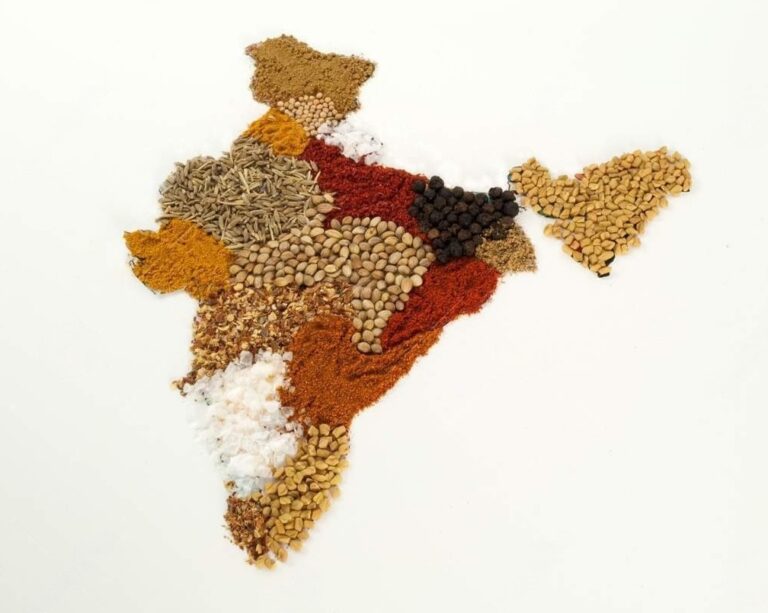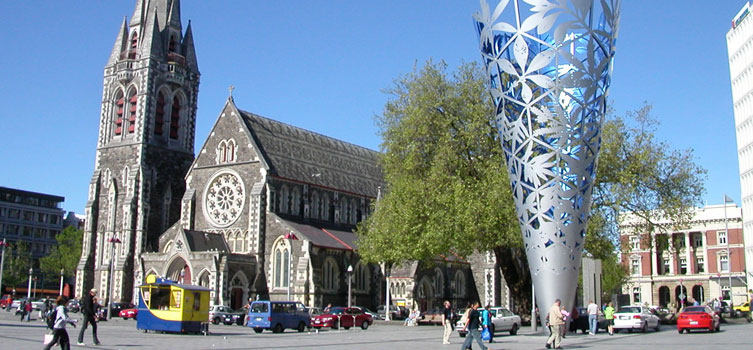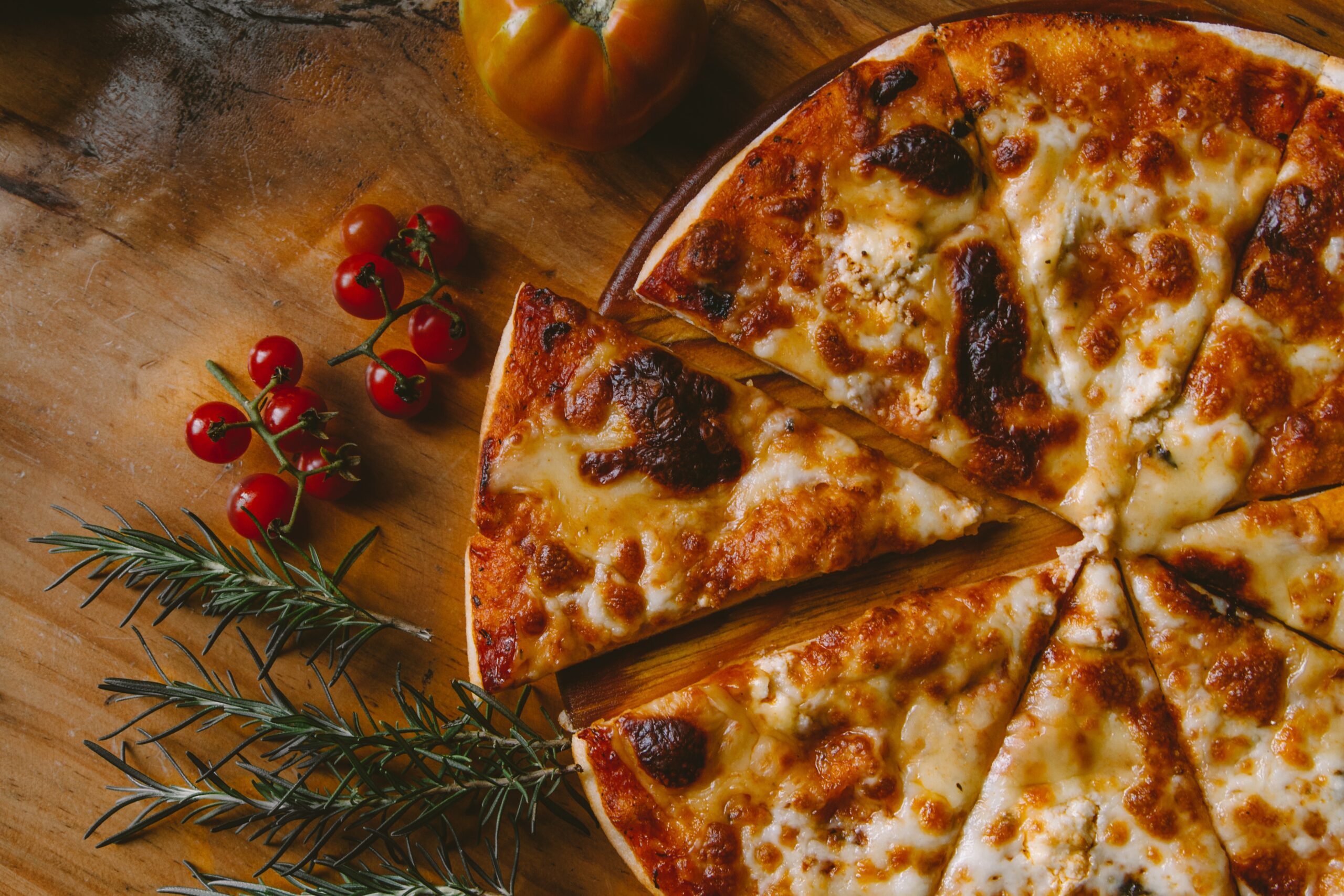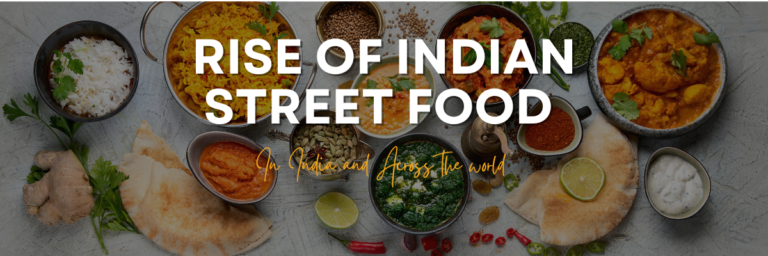Indian Cuisine Evolution
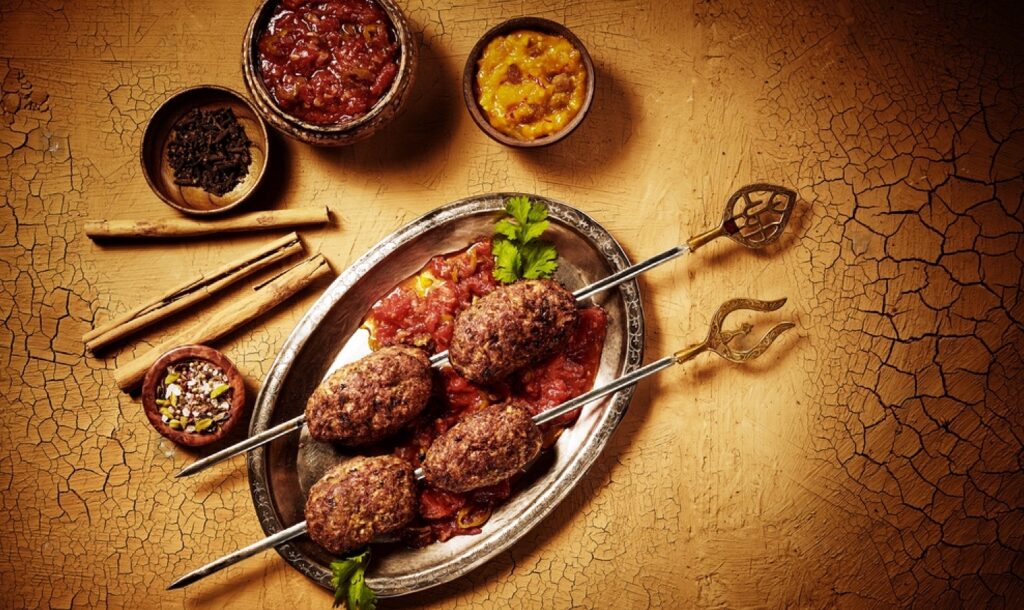
Indian cuisine evolution from traditional to modern times has seen a fascinating journey of flavors, ingredients, and cooking techniques. India’s culinary heritage is one of the oldest and richest in the world. In this blog post, we’ll explore how Indian cuisine has evolved through history, regional variations, and global influences, leading to the creation of contemporary fusion dishes that have taken the world by storm.
A Brief History of Indian Cuisine
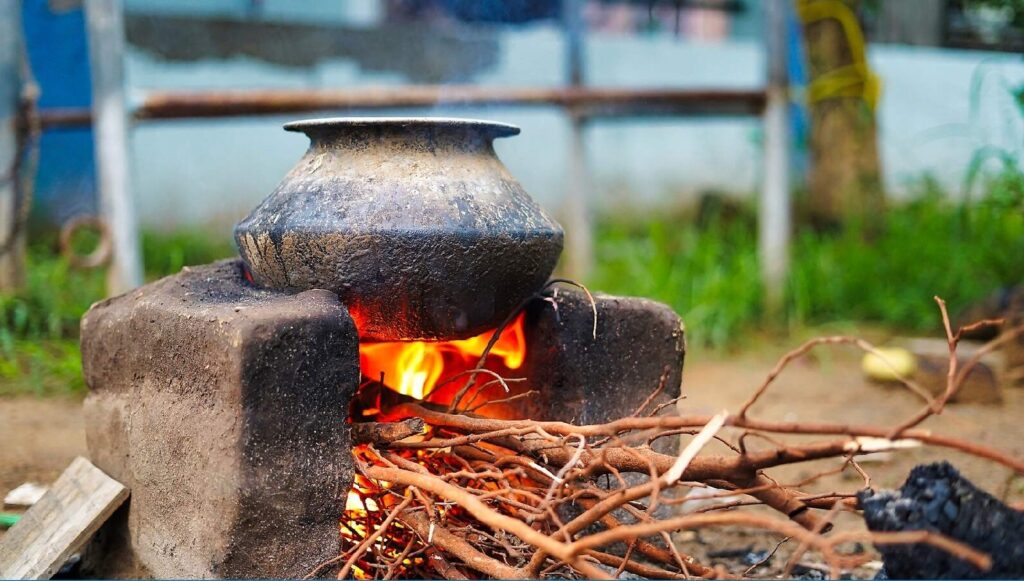
Indian cuisine has a history dating back over 5,000 years. The Indus Valley Civilization laid the foundation for traditional Indian cuisine, with the use of grains, legumes, and dairy products. The Vedic period introduced the concept of vegetarianism, and the influence of various empires and dynasties, like the Maurya and Gupta empires, led to the diversification of culinary practices.
Regional Variations and Influences
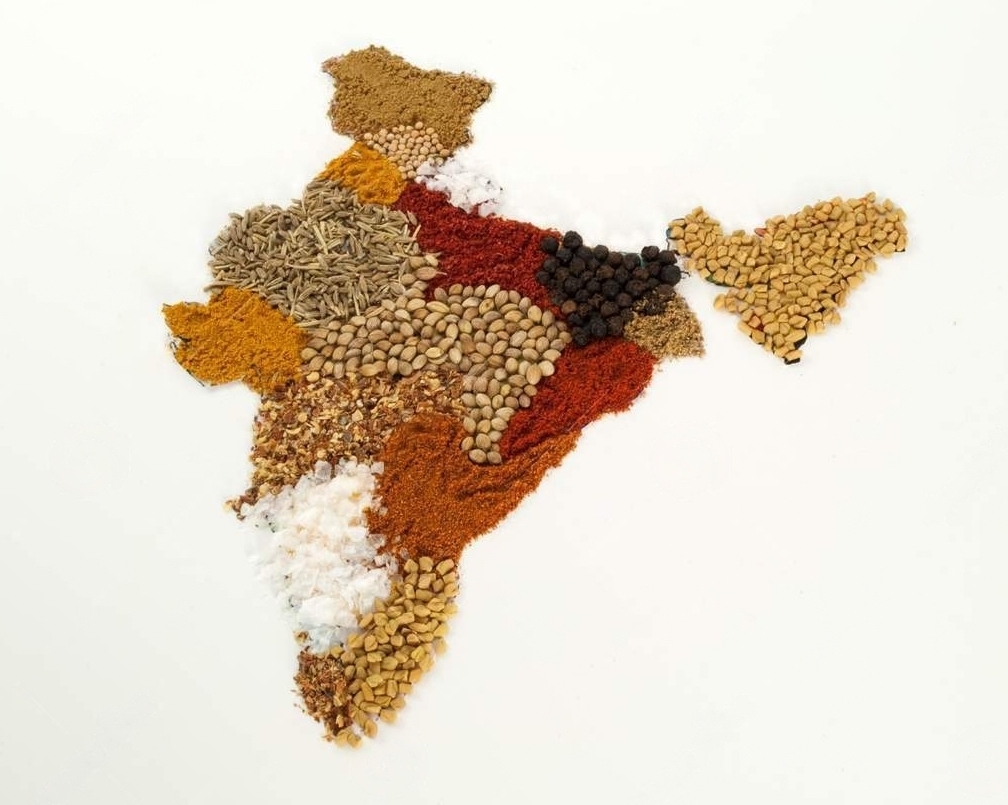
Indian cuisine is as diverse as its geography, with each region offering its unique culinary identity. North Indian cuisine is characterized by rich, creamy dishes, while South Indian food focuses on tangy, spicy flavors. West Indian cuisine is known for its delectable seafood, and East Indian food is famous for its sweets and desserts.
Global Influences on Indian Cuisine
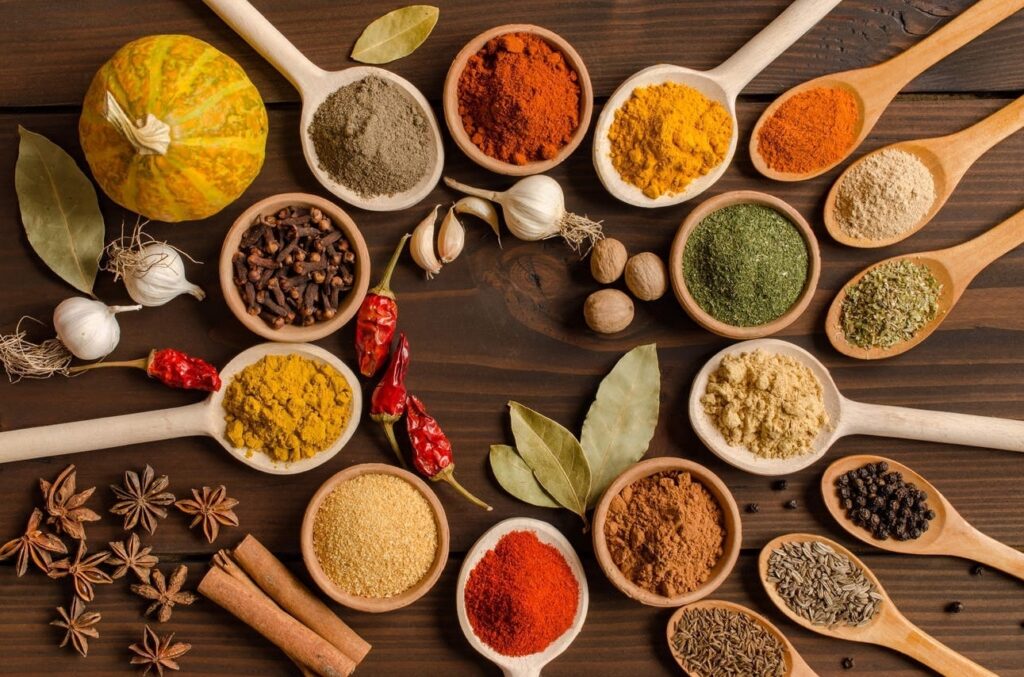
The Indian subcontinent has witnessed numerous invasions and migrations, which have enriched its culinary landscape. The Mughals introduced Persian flavors and cooking techniques, such as slow cooking and the use of aromatic spices. The Portuguese brought chili peppers, tomatoes, and potatoes, which became integral ingredients in Indian cooking. British colonial rule influenced the creation of Anglo-Indian cuisine, which combined British and Indian flavors.
The Emergence of Modern Indian Cuisine
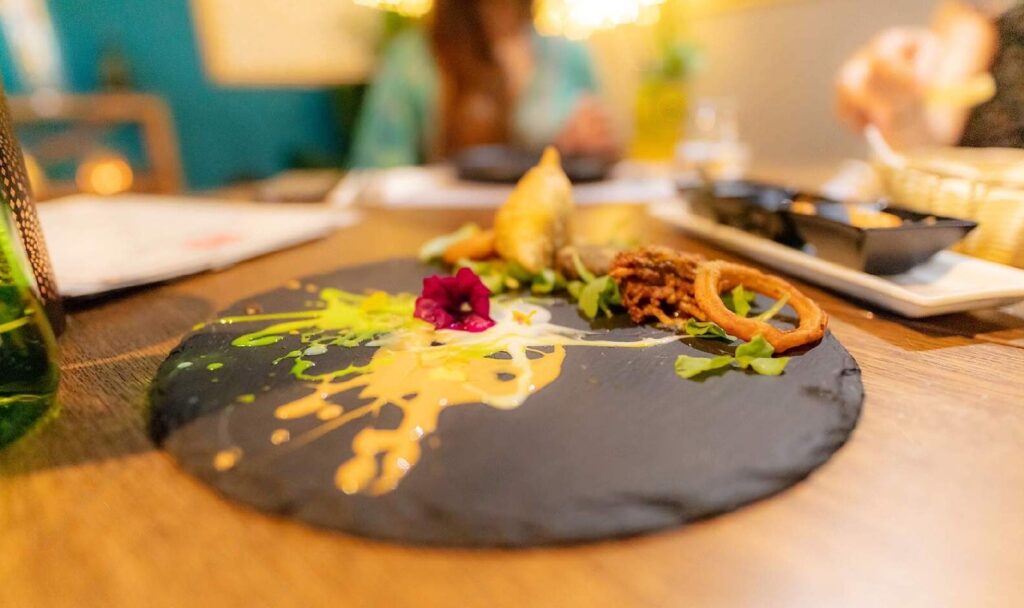
Modern Indian cuisine, also known as Indian fusion cuisine, is a result of blending traditional Indian recipes with global flavors and techniques. This evolution is driven by the growing popularity of Indian food worldwide and the desire to cater to diverse palates. Some popular examples of modern Indian dishes include Chicken Tikka Masala, Indo-Chinese cuisine, and Indian-inspired pizzas and burgers.
The Globalization of Indian Cuisine
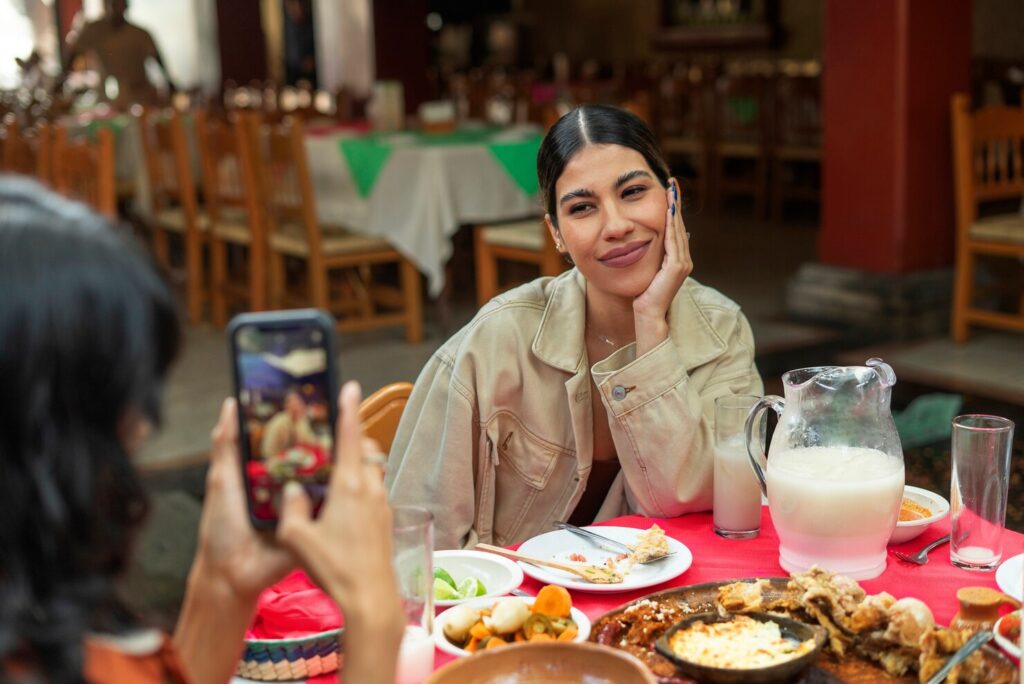
Indian cuisine has traveled the world, adapting and evolving to meet the tastes of different cultures. Indian restaurants can be found in almost every major city, offering a wide array of dishes from traditional to modern. This globalization has also led to the emergence of Indian food festivals, cooking shows, and celebrity chefs who showcase the diversity and richness of Indian culinary heritage.
Conclusion
The evolution of Indian cuisine from traditional to modern times is a testament to its adaptability and enduring appeal. As Indian food continues to enchant food lovers globally, we can expect further innovation and fusion, ensuring that Indian cuisine remains an ever-evolving and delectable experience.


